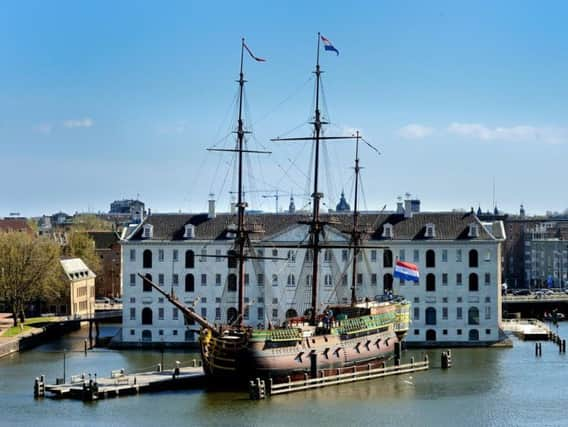Ill-fated Dutch East Indiaman fetched up on Sussex shore


Here I continue with the fate of the “Anne”. The damaged and burning warship came aground at Pett Level Beach. It settled on the seabed a short distance offshore. Little was left after the combined effects of fire and salt water but enough remained that down succeeding decades on occasions at low tide the outline of the “Anne” became visible. In February 2013 she emerged for the first time in 15 years; shipwreck experts found that the vessel’s hull extended down some three yards into the sand.
What’s left of the “Anne” is owned by the Warship Anne Trust. The latter is affiliated to the Hastings Shipwreck Museum and Heritage Centre where artefacts salvaged from the vessel are housed along with paintings depicting the ship in her prime.
Advertisement
Hide AdAdvertisement
Hide Ad